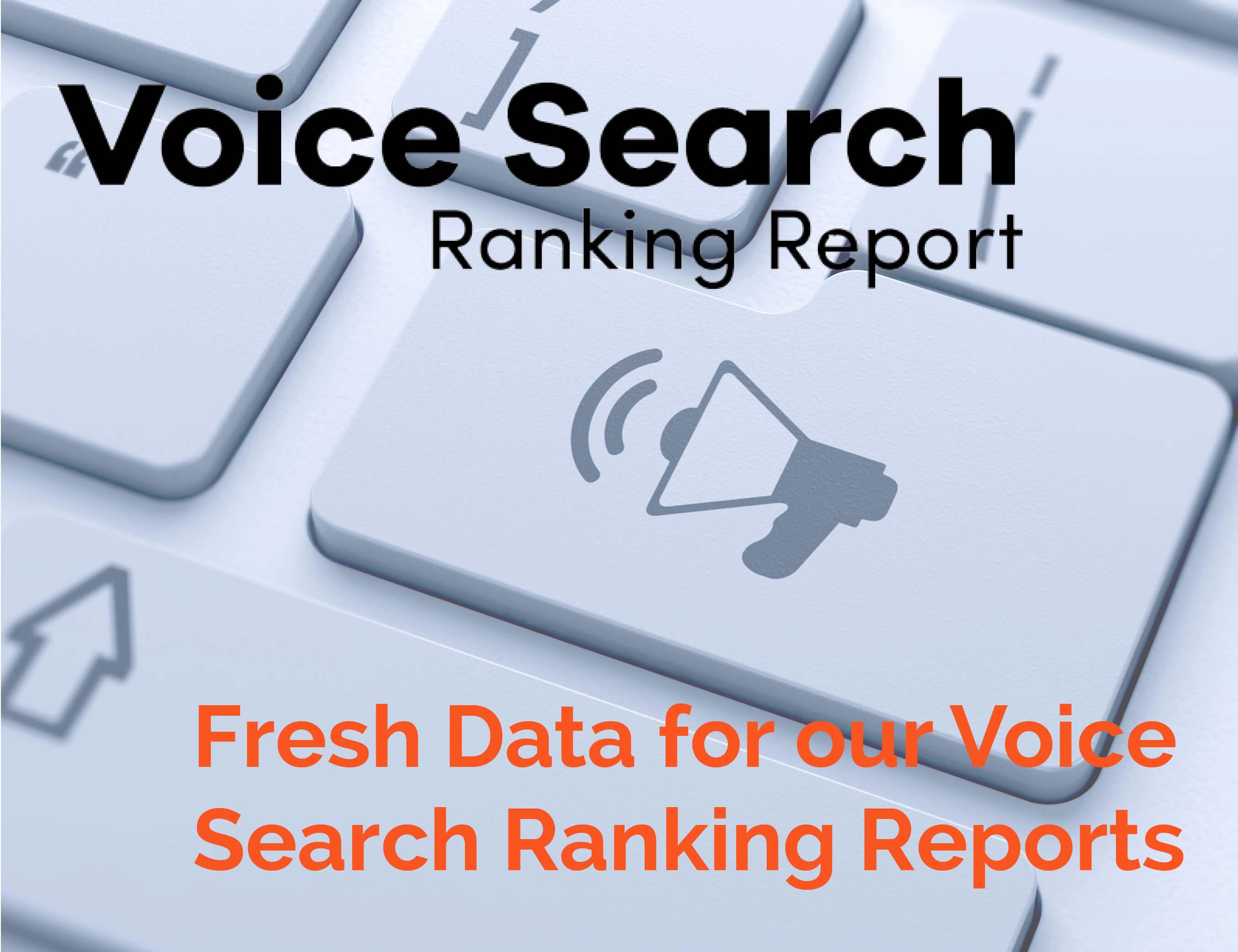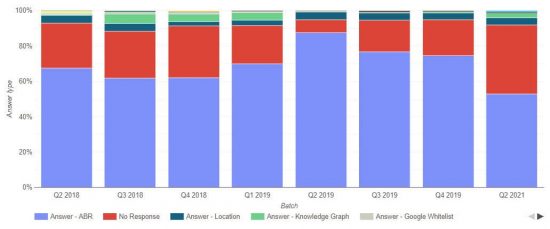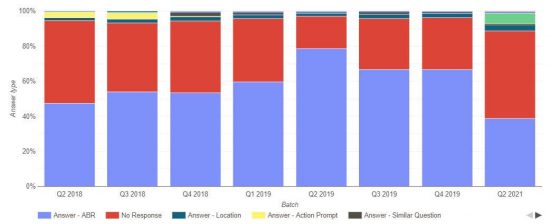Changes to the way Google handles news results
Some time ago, we picked up a slight change to the way Google handles news results. The exact details, flow and process is different according to device type (no screen, with a screen, mobile) and also depending on the user’s setup with their news preferences.
However, we’ve started to see Google read out news stories from UK based newspapers that have implemented schema on their individual article pages.
Google is now more willing to read out articles, one after another. There tends to be three articles in a set, with the user being prompted if they want to hear the next article.
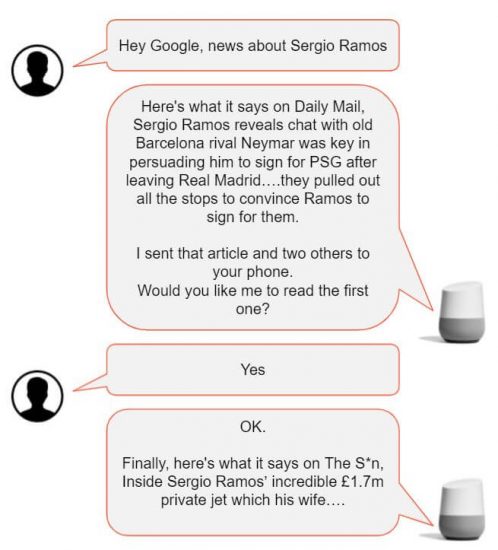
Articles are also sent to the user’s phone to click and read the article in their browser. This integration works well due to the tight relationship with Google on smart speakers and Android phones. Using voice matching, the smart speaker is able to match to the correct persons phone in the household.
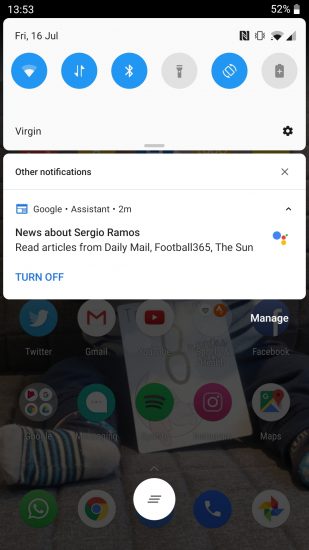
What does this mean for news publishers?
We know that there is a complex relationship between search engines and news publishers. In this example, it’s even more complex as there is “no click”, which means a reduced chance for the user to visit the publishers website (bar the link sent to the user’s phone).
The example above is just one way that Google delivers news on the assistant. There are multiple other sources that Google uses to provide voice results.
Our suggestions to news publishers is to:
- Ensure you have the latest valid schema on your article content
- Consider publishing content to platforms that Google uses in voice search results (YouTube, Podcasts)
- Submission to be included as new content provider to the Google Assistant (Read how we did this for Refinitiv)
Some thought starters:
- Could publishers have greater control by creating their own Google Action to control the interaction with the end-user?
- How can you bake your action / content into a users daily routine and schedule?
